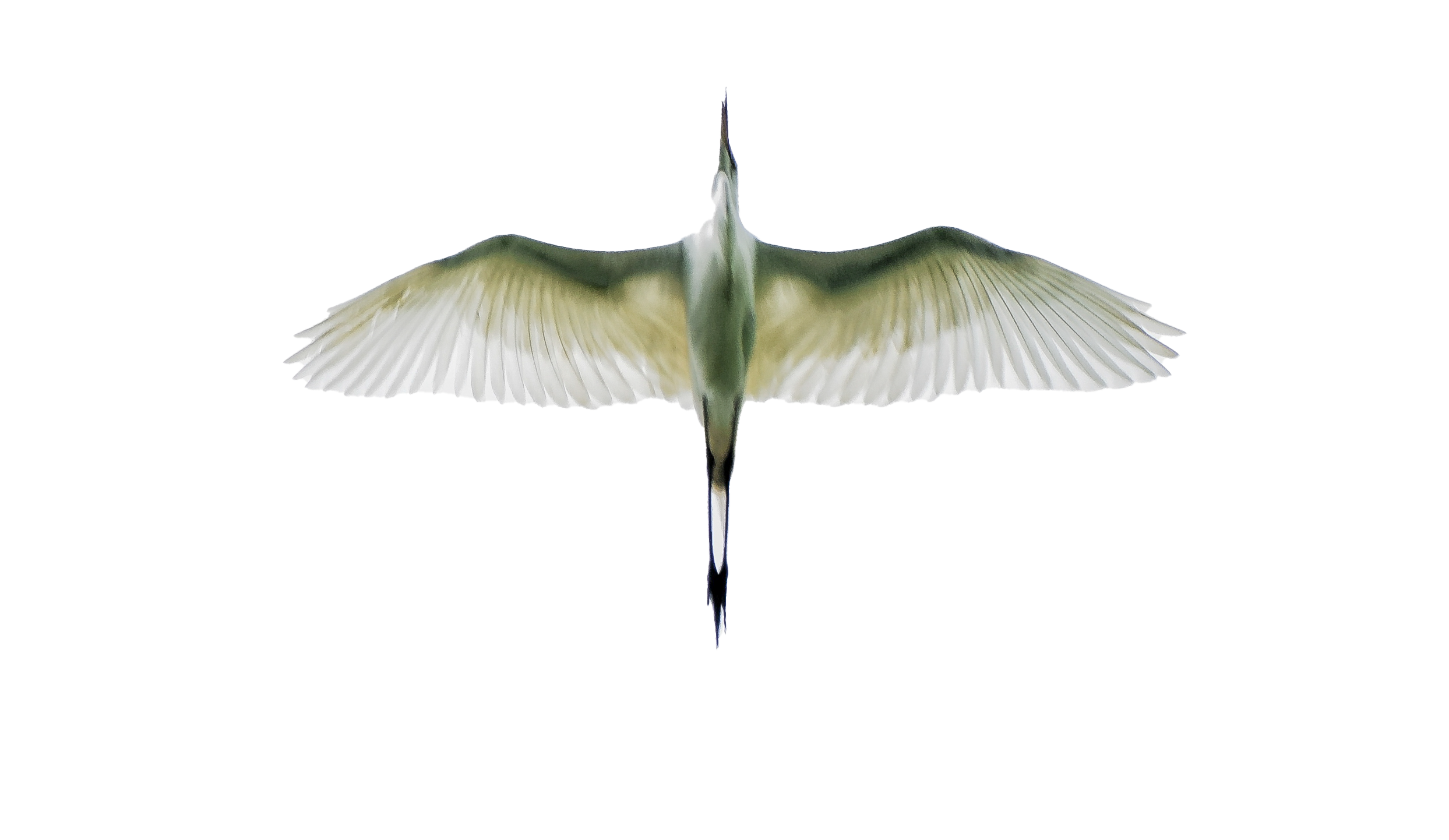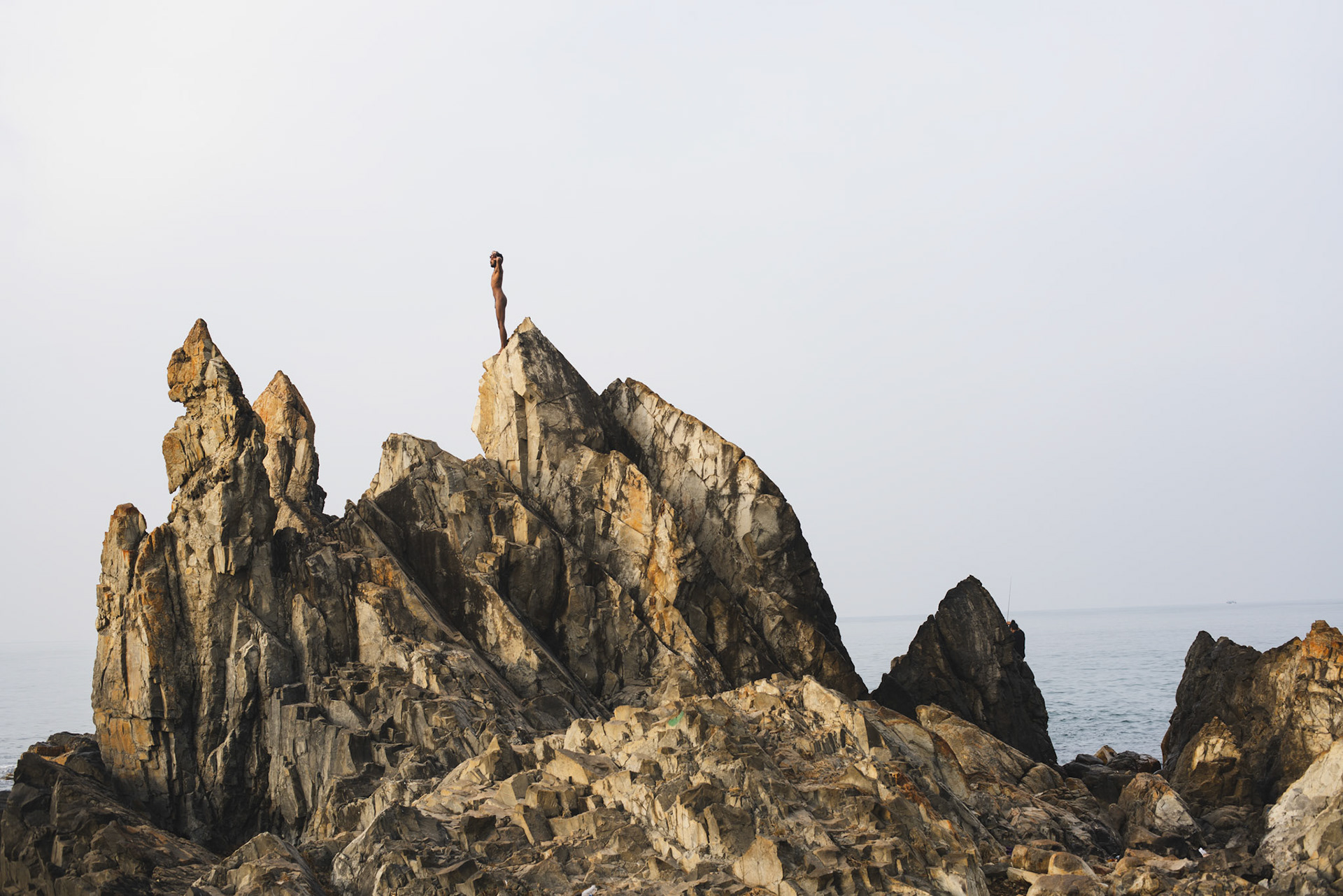
Coalesce, 2019, Goa, (self-portrait) 52 x 35 inches.
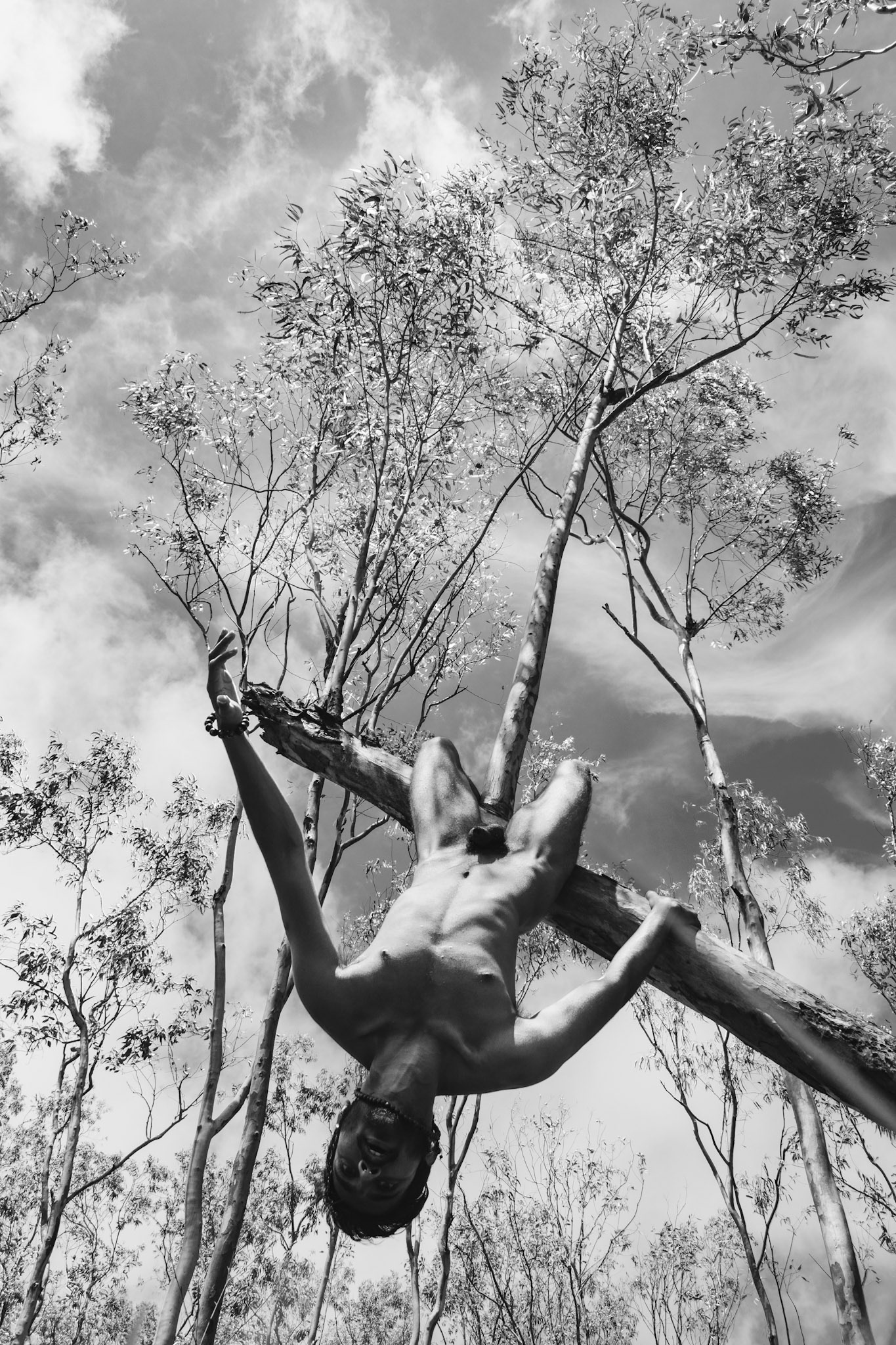

Calm, 2019, Spiti-valley, (self-portrait) 45 x 30 inches

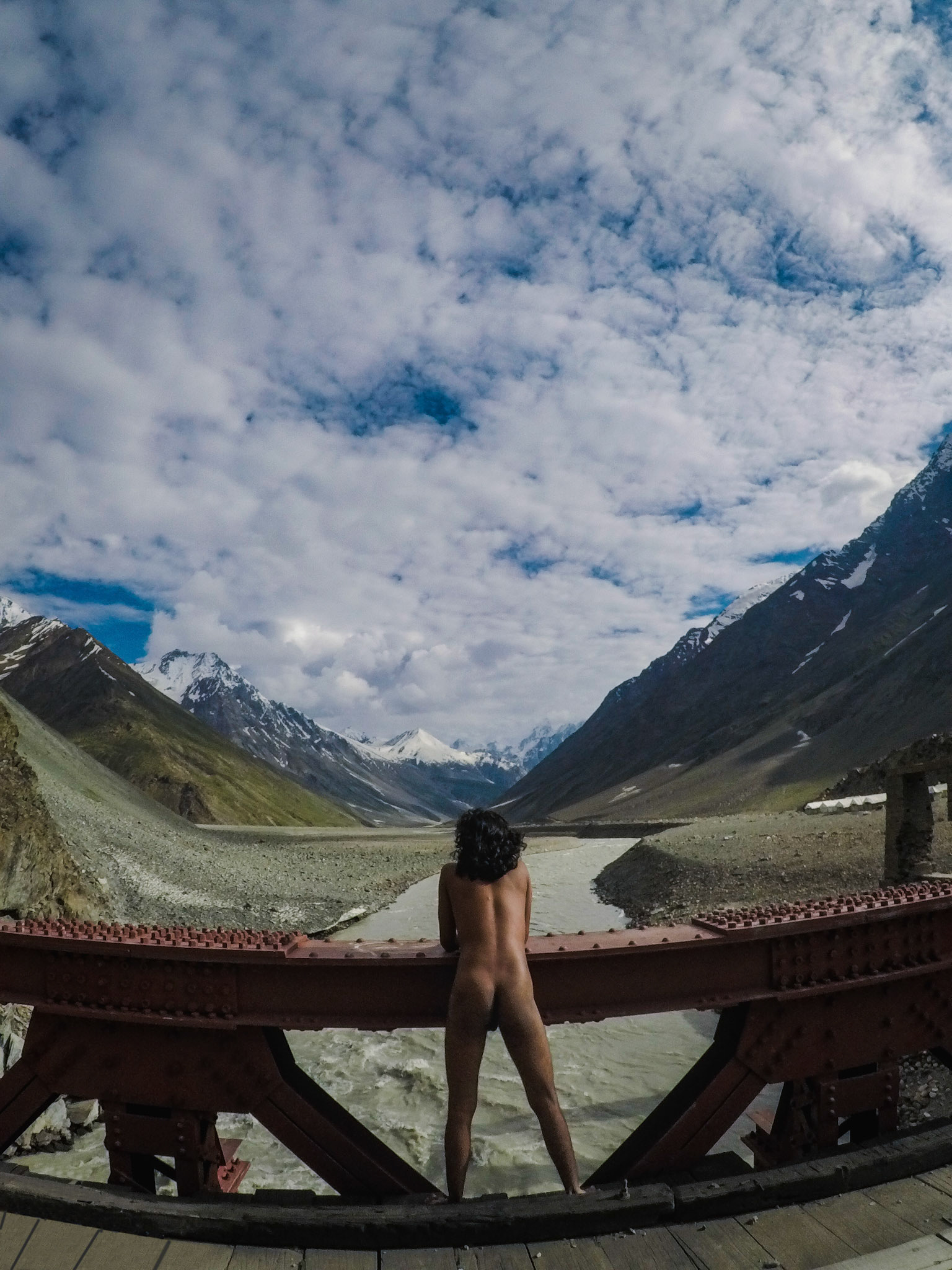
Vision, 2019, Spite-valley,(self-portrait)



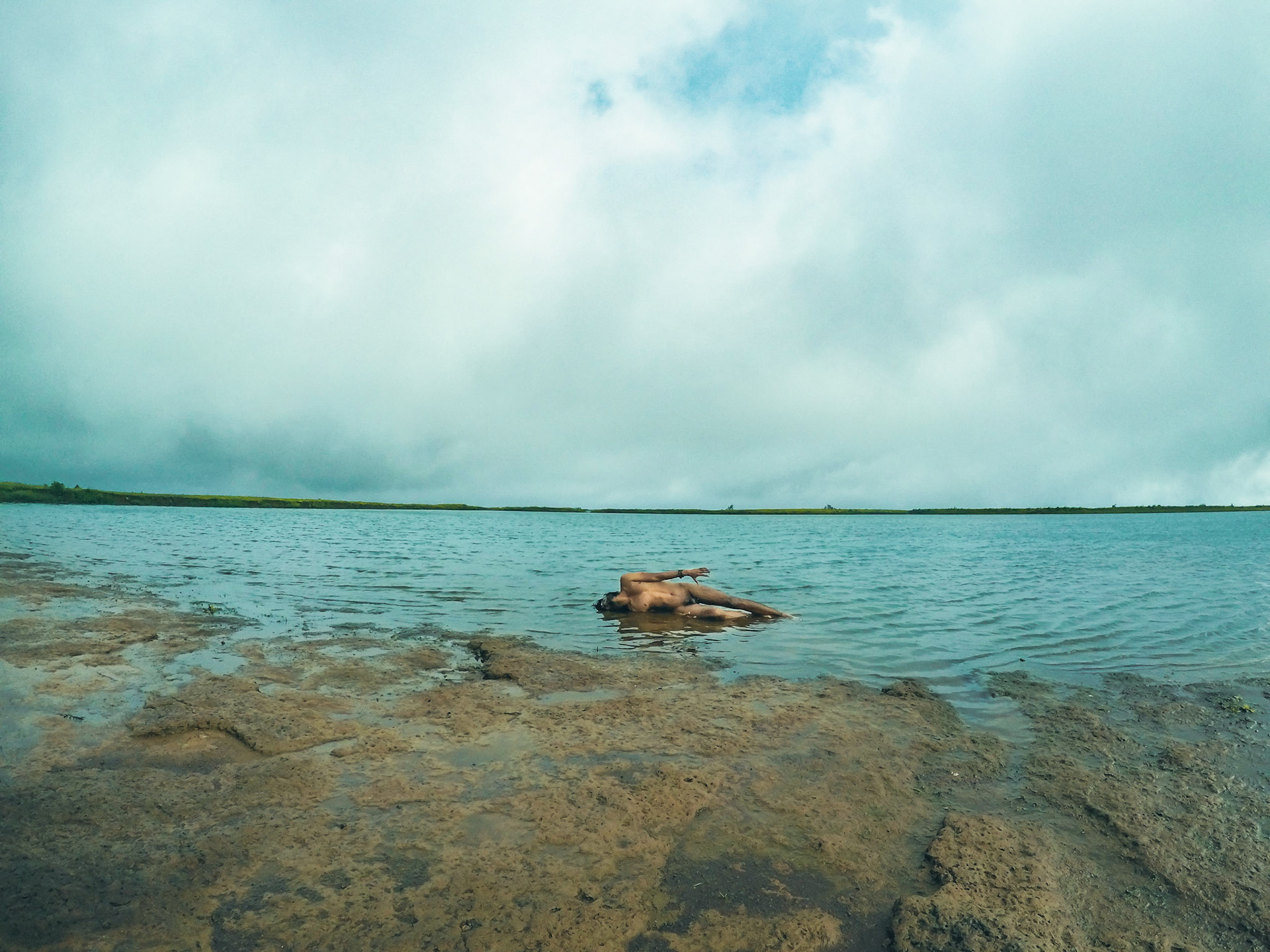
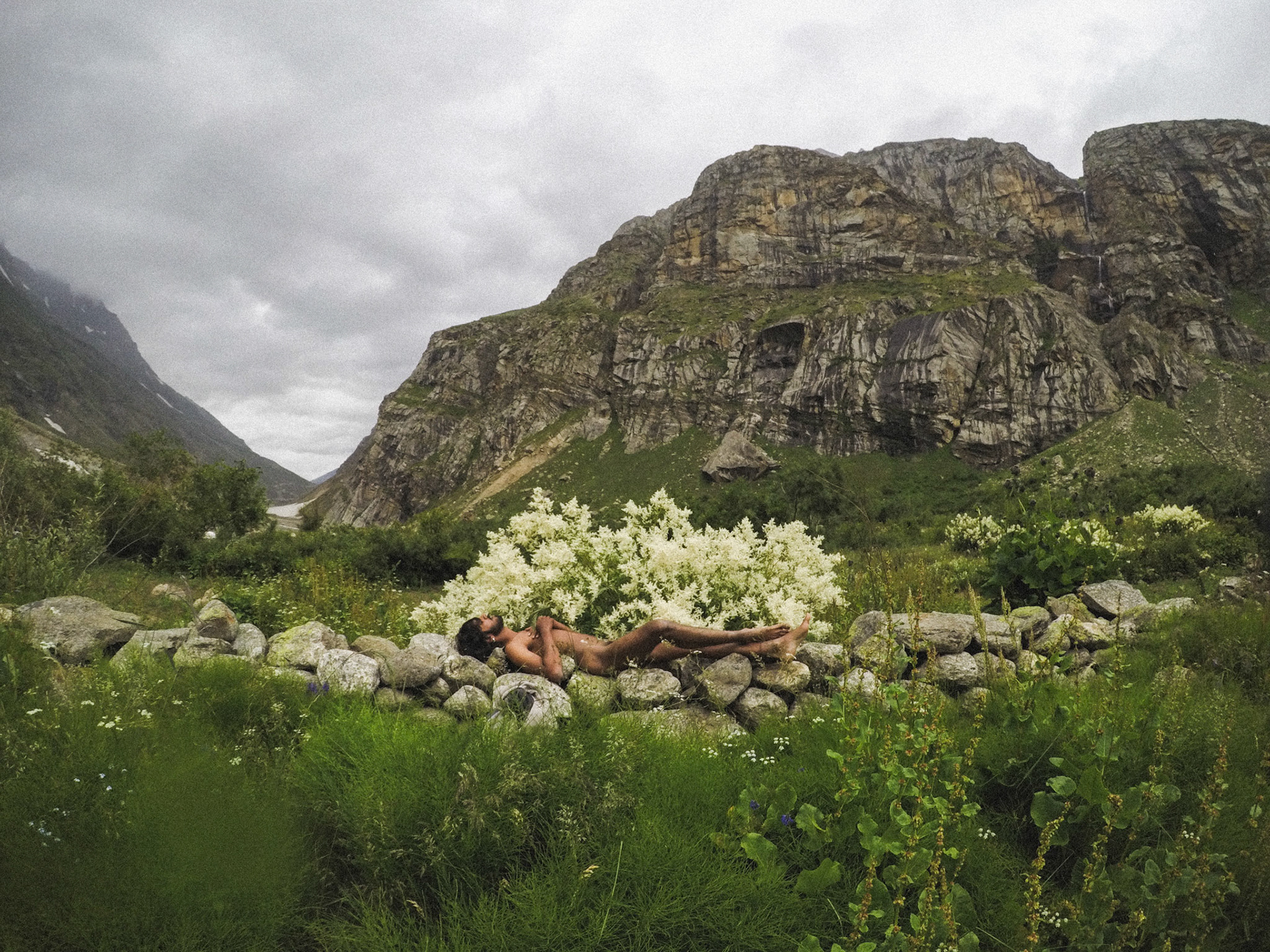
Bare Trip: When the Body Became Earth
There are journeys you plan, and then there are journeys that pull you in.
Bare Trip wasn’t a travel series. It wasn’t a photoshoot.
It was a transformation — the first time my body, mind, and camera became one with nature.
It was a transformation — the first time my body, mind, and camera became one with nature.
It was the moment my skin began to feel like bark. When the body turned into terrain.
And for the first time in my life, I felt truly alive.
And for the first time in my life, I felt truly alive.
A Year of Cracking Open
It began in my third year of college. The earlier years had already boxed me in — wildlife photographer in the first, fashion photographer in the second. I was moving fast, but everything I did felt outside myself.
That year, something changed.
I started exploring the real Mumbai — meeting people like Rosh, JD the dancer, soaking in street culture, watching life unravel raw and unscripted. I pierced my septum. My clothes changed. My gaze changed. My rebellion turned physical.
That one piercing created chaos at home. But I knew it was too late — something bigger had entered me.
Art was no longer a medium.
It had entered my body.
It had entered my body.
The Door That Never Closed: Studio 5
Just as I was about to choose fashion as my specialisation, a classmate whispered,
“Hey, the fine art professor you asked about is waiting for you in Studio 5.”
“Hey, the fine art professor you asked about is waiting for you in Studio 5.”
I went, only to tell him I wasn’t joining.
Professor Abhishek Sharma — fresh from New York — was locking the door.
But when he saw me, he paused... and opened it again.
But when he saw me, he paused... and opened it again.
That door, once opened, never closed again.
He turned on a projector and showed me the work of Ryan McGinley.
I didn’t breathe for a moment.
I didn’t breathe for a moment.
This wasn’t photography anymore. It was truth.
The naked human in the wild — not for provocation, but for surrender.
The naked human in the wild — not for provocation, but for surrender.
He told me, “Make a presentation on this.”
I did it the same night.
I did it the same night.
But honestly, I wasn’t thinking about slides.
I was thinking, “When do I go shoot this?”
I was thinking, “When do I go shoot this?”
The First Nude: A Ritual in Rebellion
Evin, a classmate who understood the fire in my head, was the only one I could talk to. We decided to shoot our first nude. No concept. No theory.
Just the feeling of body and nature — unmasked.
We were leaving Pune for the shoot when we crossed paths with my father on the road.
Me — in long hair, yellow triangle shades, nose pierced, red eyes from a J, desert-prince jewellery.
Evin beside me, full hippie mode.
Me — in long hair, yellow triangle shades, nose pierced, red eyes from a J, desert-prince jewellery.
Evin beside me, full hippie mode.
We stopped. So did he.
He looked at us and asked, “What are you doing here?”
I said, “Going for a shoot.”
He didn’t ask more.
But that stare — that silent sentence of disappointment — hit deep.
But that stare — that silent sentence of disappointment — hit deep.
And then… they drove on.
And so did we.
And so did we.
That moment was a checkpoint. A crossing. From the boy they knew… to the artist I was becoming.
First nude picture of me
The Upload: When the Earth Shook
The shoot was raw. Unapologetic. Real.
And the next day, I uploaded the photo.
And the next day, I uploaded the photo.
Everything shook.
Friends froze. Family panicked. My mother and sister were living with me in Pune then.
The house turned dark. Fights. Screams. Nights that didn’t end.
The house turned dark. Fights. Screams. Nights that didn’t end.
I didn’t have the words to explain what I was doing — only the feeling.
But for the first time, I was beginning to love myself.
But for the first time, I was beginning to love myself.
Spiti: -10°C and Digambara Spirit
Later, in Spiti on a college tour, everyone wore four layers. Oxygen was low.
One guy nearly blacked out and had to be driven through the deadliest road to Shimla.
One guy nearly blacked out and had to be driven through the deadliest road to Shimla.
And me? I was undressing.
By Chandratal Lake, I stripped down — not for thrill. Not for provocation.
But because something deeper called me.
But because something deeper called me.
I clicked. I stood. I breathed.
I wasn’t cold anymore. I was sky-clad. Wrapped in nature. Shame-free.
In ancient India, Digambar monks walked naked to reject attachment.
They believed you couldn’t own even cloth — only the sky.
They believed you couldn’t own even cloth — only the sky.
That day, I was one with that truth.
Nagpur Highway: Becoming a Branch
Later, Mayur and I drove from Pune to Nagpur.
13 hours turned into 9. He was flying on the highway.
13 hours turned into 9. He was flying on the highway.
Suddenly, I screamed, “STOP!”
A tree. A branch. A frame I had seen in my mind.
I ran barefoot into the field. Thorns, stones, everything cut through me. But I had already seen the shot.
I climbed the branch. Naked, scratched, shaking.
I climbed the branch. Naked, scratched, shaking.
And then something happened.
I blended.
With the branch.
With the tree.
With the earth.
With the branch.
With the tree.
With the earth.
Some cars slowed down. Some stared.
But I was invisible — because I was the tree.
But I was invisible — because I was the tree.
I was natural.
Nagpur Highway
The Hollow Embrace: Panchgani
There’s a tree on Table Land in Panchgani — just one.
Locals call it One Tree, and it stands like a quiet rebel, fighting fierce winds on a lonely plateau.
As a teenager, this was my escape. My friends and I, back in junior college, would bunk class, climb up here, and disappear into the caves nearby. Those hidden spots were our secret world — our sesh spots, our hideouts, our silence.
Years passed. That memory blurred into the rush of adult life.
But during Bare Trip, I returned. This time with my bachelor’s friends, Jatin and Aman. I showed them every corner — where we used to sit, laugh, vanish.
And then, without overthinking it, something stirred.
That tree, now even more hollow, bent, and battered, still stood. Still surviving. Still resisting.
Something pulled me to it.
I stepped into its body. Folded myself inside its womb-like hollow.
And for a moment, I wasn’t just photographing the tree.
I was the tree.
I was the kid who once found freedom here.
I was the man now seeking shelter inside something that had quietly endured the world.
I was the tree.
I was the kid who once found freedom here.
I was the man now seeking shelter inside something that had quietly endured the world.
That’s what The Hollow Embrace is about.
It’s not just a photograph.
It’s a memory. A rebirth.
A moment of becoming one with the place that raised me in silence.
It’s a memory. A rebirth.
A moment of becoming one with the place that raised me in silence.
One-tree, Table-land, Panchgani.
"Echoes in the Mist: A Panchgani Recollection"
This photograph was taken just after the spot with the lone tree, on Panchgani’s iconic table land. I had lived here during my junior college years, and this land holds a kind of myth for me.
Back then, during monsoons, we’d often get lost in the fog that would swallow up the entire plateau. It wasn’t scary, it felt like heaven. We’d split into twos or small groups, walking through the thick white mist, knowing we’d eventually lose each other. And somehow, each of us would always find our own way down to Panchgani, from different ends, different paths. There was something beautiful about that trust in getting lost.
One of the most surreal things during those walks were the ponds formed only during the rainy season. Temporary, quiet, reflective. They weren’t just water, they were landmarks. Guides. Anchors in the fog.
Years later, I returned here, this time with my bachelor friends. We were in a different phase of life, but the land hadn’t changed. The fog still rolled in. The ponds still formed like memories that rise uninvited. And in that moment, I let myself return, bare and still, into one of those ponds, letting the past and present fold into each other.
This image is part of the Bare Trip series, an ongoing journey of returning, remembering, and quietly shedding.
Morals : A Body Beyond Clothing
Bare Trip is a journey of one skin through many climates:
Nagpur’s furnace heat. Spiti’s glacial air. Goa’s wet breath. Satara’s open fields. Panchgani’s hollow tree.
Nagpur’s furnace heat. Spiti’s glacial air. Goa’s wet breath. Satara’s open fields. Panchgani’s hollow tree.
Each image is a return.
To the soil. To the storm. To the self.
To the soil. To the storm. To the self.
To the Digambara spirit within me — the part that believes there is no division between flesh and freedom.
To be bare… is not to be exposed.
It is to be honest.
